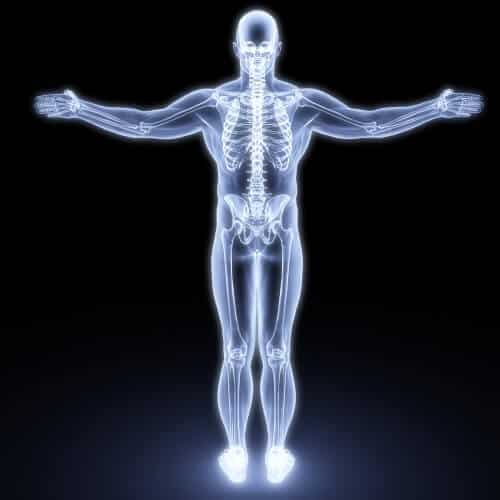Researchers from Ben-Gurion University and Essen University received a grant to find out through clinical trials

Prof. Ofer Donhin from the Department of Biomedical Engineering and the Zalotovsky Center for Neuroscience at Ben-Gurion University of the Negev, and Dr. Dagmar Tieman from the Medical University of Essen in Germany, received a prestigious research grant called the DFG (German Research Foundation), to research treatments for ataxia (a problem of lack coordination or clumsy movements of the limbs not as a result of muscle weakness) and the possibility of using non-invasive stimulation to improve the ability to retain what was previously learned.
Prof. Ofer Donhin and Dr. Dagmar Tieman are particularly interested in this phenomenon, ataxia, which is related to the cerebellum and the movement disorders caused by its degeneration. Since 2005, researchers have been working to examine how specific patterns of degeneration in the cerebellum are related to specific movement difficulties. Today they are able to isolate two areas, one related to errors caused by unexpected forces and the other, related to errors caused by the gap between what we feel and what we see. In both cases, the mistake is almost the same and the reaction of the various individuals to it is also almost the same. However, the source of the error is different and arises from different parts of the cerebellum. The researchers propose leveraging this approach to isolate the regions of the cerebellum that are specifically responsible for the long-term memory of errors.
"This is important, because if we want to help people with ataxia, we must be able to understand which part of their brain they use for long-term storage of errors and corrections. If this part is damaged, it may lead to a different approach of rehabilitation. If this part is not damaged, maybe it is possible to find a way to 'fully charge' this part during learning, thus helping in recovery", claims Prof. Donaghin.
Ben-Gurion University of the Negev and Essen University will have identical arrays. At Ben-Gurion University of the Negev, Prof. Donhin and his team will conduct the experiments, while Dr. Tieman and her team, who have access to patients with ataxia, will perform the clinical phase of the experiments.

2 תגובות
In my opinion, problem areas in the brain are bypassed by external stimulation that activates similar areas in 99%
And this is to create internal feedback that stimulates those problematic areas and thus improves your performance
Annie is a neuroscientist, but has a lot of experience in treating my mother, who suffers from dementia and has a weak memory for a particular detail.
I dubbed my mother in details similar to the "disappearing" detail and thus created an internal feedback that did stimulate
the same problematic area in the brain related to this detail
This is very similar to traffic on the road. A vehicle that stopped due to being able to pass an obstacle
Or because of the ability to drive causes a traffic jam that can paralyze other lanes
The attempt by the stuck vehicle to bypass the obstacle and move forward can trigger a stronger movement that will remove the obstacle or create a physiological bypass
Brain degeneration manifests itself in the inability of the cell to pass the information on to the cells after it and thus a chain of degeneration is created
That is, only one single cell that is abnormally weak can cause a chain reaction and this is how the ability to remember is created
In the act of diverting speech, I bypass the specific cell and thus create a continued flow of vital signals
Repeated diversion operations can establish a weak cell bypass condition
In my opinion, problem areas in the brain are bypassed by external stimulation that activates similar areas in 99%
And this is to create internal feedback that stimulates those problematic areas and thus improves your performance
Annie is a neuroscientist, but has a lot of experience in treating my mother, who suffers from dementia and has a weak memory for a particular detail.
I dubbed my mother in details similar to the "disappearing" detail and thus created an internal feedback that did stimulate
the same problematic area in the brain related to this detail
This is very similar to traffic on the road. A vehicle that stopped due to being able to pass an obstacle
Or because of the ability to drive causes a traffic jam that can paralyze other lanes
The attempt by the stuck vehicle to bypass the obstacle and move forward can trigger a stronger movement that will remove the obstacle or create a physiological bypass